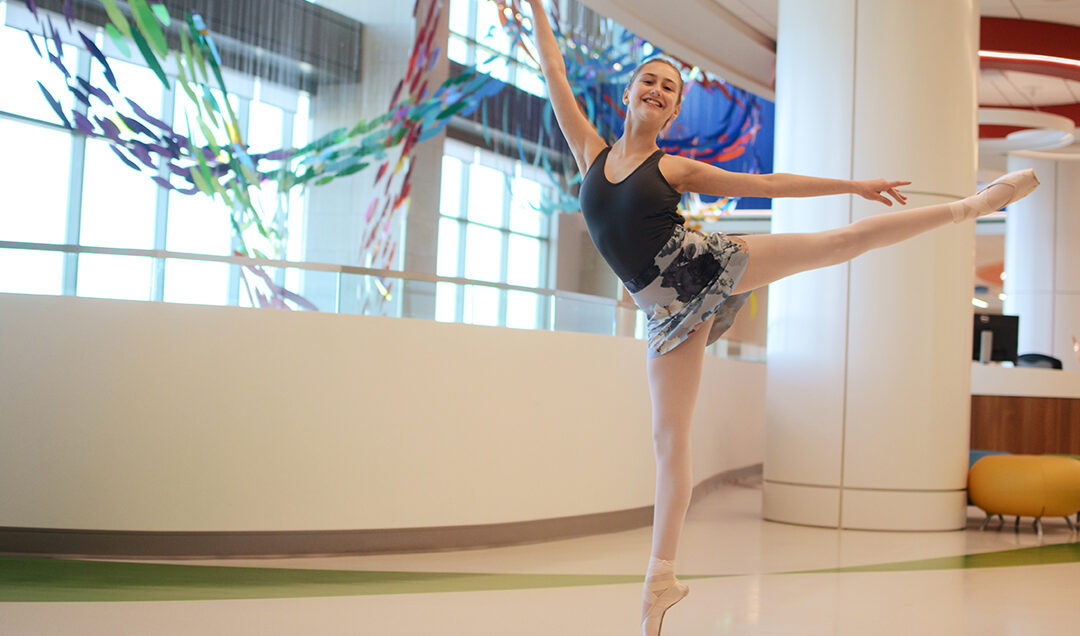Sports medicine physician Jane S. Chung, M.D., says, “Athletes and parents should be aware of the symptoms of spondylolysis, as this is one of the most common causes of low back pain in adolescent athletes that we see in pediatric sports medicine.”
What sports are most likely to cause spondylolysis?
Spondylolysis is often associated with sports that require repetitive back extension (arching of the back, or bending backwards), such as tumbling during gymnastics or cheer, blocking as a football lineman, dancing or serving in volleyball or tennis. Our experience has been that spondylolysis can occur in any sport, including baseball, soccer and others that are not thought of as involving excessive back extension.
Is this a condition diagnosed in children only?
There are different types of spondylolysis that occur in all ages, but it is more commonly diagnosed in adolescent athletes because of the extreme demands of physical activities and sports.
What symptoms are reported with this condition?
Back pain and stiffness during and after activity are most common.
How is it diagnosed?
A thorough history and physical exam will often provide information that raises the possibility of spondylolysis. The diagnosis is usually confirmed with imaging. Sometimes, if there is a complete fracture or crack in the bone, this can be seen on X-rays. More often, an MRI is helpful to identify stress injuries that may not be visible on X-rays.
What is the treatment for this condition?
Shane M. Miller, M.D., sports medicine physician, says, “With increased demands placed on young athletes including year-round sport participation and specializing in one sport, we are diagnosing this condition more frequently. When identified and treated early, athletes tend to miss less time from their sport, and have a greater success rate of returning to sports and continuing to play at a high level.”
Initial treatment often requires resting from any activity that causes or increases the pain, such as sports, running and lifting weights. In some cases, a brace is recommended to help with pain.
Physical therapy may also be recommended to help improve flexibility and core strength. Muscle imbalance caused by tight hamstrings and weak stomach muscles can be improved with appropriate exercises. Stronger muscles support the spine and help decrease the stress placed on the bones and discs.
Is surgery needed?
It is unlikely that surgery would be needed unless the spondylolysis progresses to a more severe condition called spondylolisthesis. Even with this progression, rest and bracing are often successful. Surgery may be necessary in cases if the non-surgical treatments do not work.
With increasing trends of single sport specialization and the pressure of performing year-round, this is a common injury we treat in our young athletes. Chung and Miller encourage athletes and parents to not ignore these symptoms and to seek further evaluation by a pediatric sports medicine specialist if they are concerned. Early detection and treatment lead to a greater chance of returning to same level of sport.

